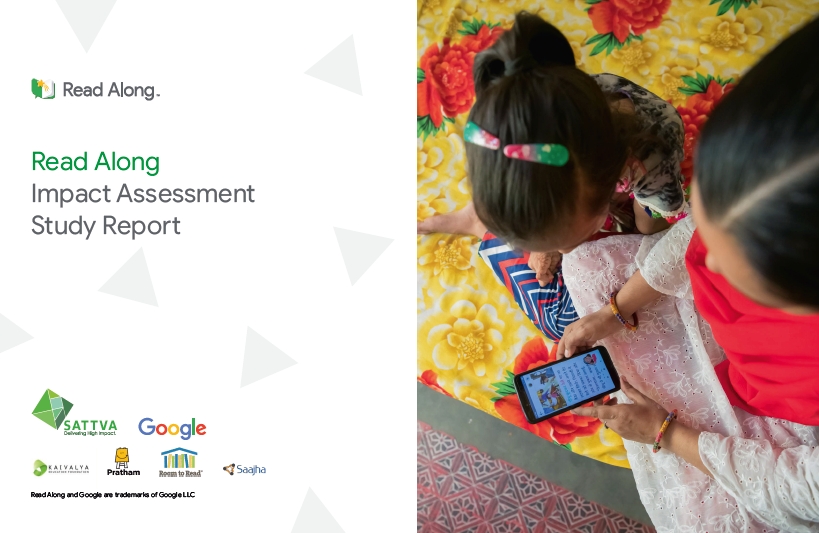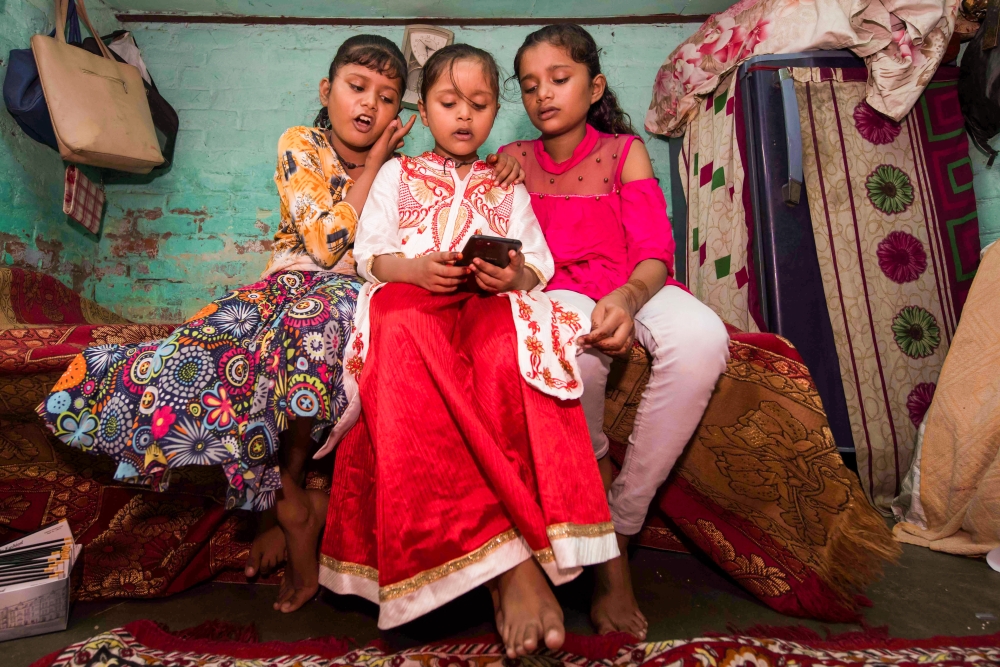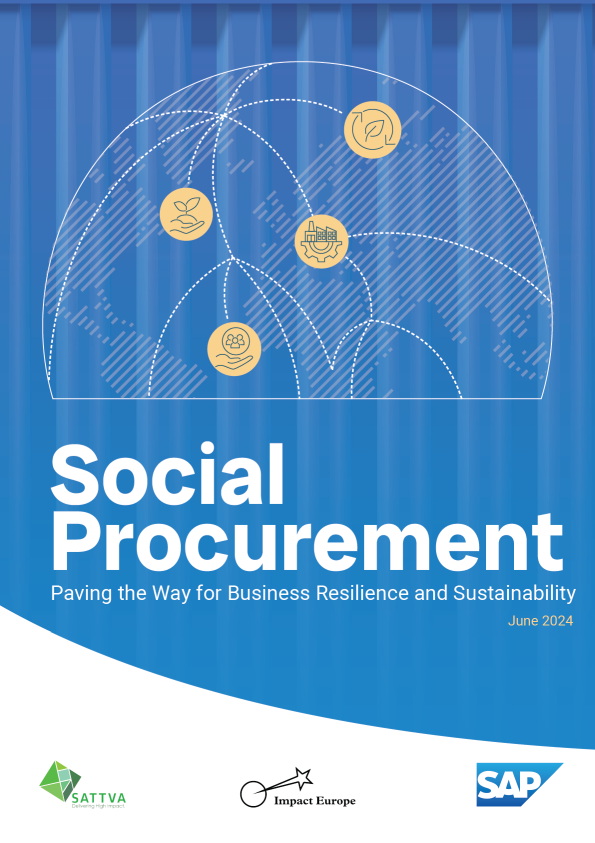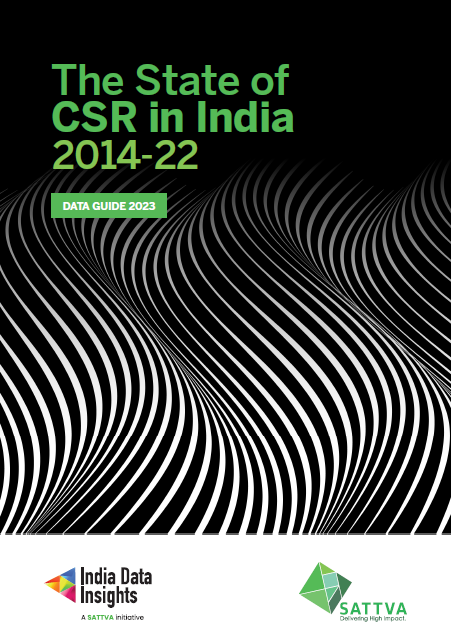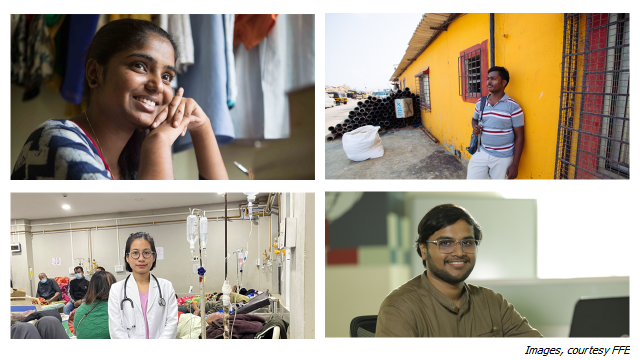Solving for India’s Reading Crisis
Background
In India, while significant effort has been undertaken to impart reading fluency, the learning gap continues to exist. Successive ASER Reports have highlighted that the proportion of rural children at grade five reading a grade two level text has increased from 52.8% in 2009 to roughly 75% in 2019. This implies that despite years of targeted intervention, one in every four children in rural India is still reading at a level that is at least three grades below their school grade. For grade eight children it has been reported that one in every five children is reading at least six grades below their school grade (ASER 2018).
This begets the critical question, how do we solve this learning crisis in a country like India where over a 100 million children are enrolled in elementary school (2015-16, MHRD)? Solving the problem for India would mean solving it for the world as the complexity and scale in India would enable the evolution of many best practices that can be replicated universally.
While reading fluency levels continue to remain low among children, an interesting phenomenon has begun to take shape. Mobile and internet penetration has increased significantly, decreasing the erstwhile information asymmetry as children in rural areas now have access to the same level of information that a child in urban areas would, at the same time. While the situation is far from ideal, the increased internet and smartphone usage opens a world of opportunities.
As International Literacy Day dawns upon us it is a great opportunity to take stock of potential solutions that leverage technology. Developed by Google and released in 2018 as Bolo (now Read Along), the AI-enabled android app is freely available for download from Google Play Store and uses an in-app assistant that engages with the learner as they navigate through different stories available on the application. The learner is corrected when they make a mistake and encouraged when they read well. Through this process, Read Along helps the child develop their reading abilities.
About the Report
While Read Along has now expanded to over 180 countries and 10 languages, we at Sattva had the opportunity to undertake an independent impact evaluation of the application in India. The evaluation exercise generated insights from the reading fluency assessment of 3,500 children in three languages across five states and one union territory putting into perspective the impact of Read Along on the learner’s reading fluency level over a period of 45-60 days. Additionally, the evaluation also generated learnings for different ecosystem players who are using technology to solve India’s early age reading fluency challenge.
Key Observations
1. Improvement in native language reading fluency was more pronounced as compared to non-native languages with a delta of 113.7% in Hindi, 43.5% in English and 119.8% in Marathi over its respective Control cohort.
2. Improving non-native language(English) reading fluency through technology requires a facilitated environment of high engagement with the learner to enable them overcome the initial barriers to the technology usage.
3. A strong orientation process for parents/guardians/teachers is paramount to overcome community apprehensions to mobile usage.
4. It’s necessary to build on-ground partnerships to impact at scale.
As an evaluation partner to Google’s Read Along application, we observed that Diya, the in-app reading buddy, was instrumental for learner engagement. Not just children but adults too were inspired to attain reading fluency. It was heartening to see even grandmothers take up the mobile phone and read Hindi stories.
While the report will not answer all the questions around EdTech usage and implementation, it will open avenues to understand the impact of an EdTech product in a rural or peri-urban context. Future studies would do well by delving deeper into some of the questions that have been explored in the report.
The full report is available below.
————————————-
Sattva has been working with various non-profits and social organisations as well as corporate clients to help them define their social impact goals. Our focus is to solve critical problems and find scalable solutions. We assist organisations in formulating their long-term social impact strategy by strategically aligning with business to provide meaningful solutions to social issues.
We’d love to hear your thoughts and feedback on this topic. Do write to us: impact@sattva.co.in
